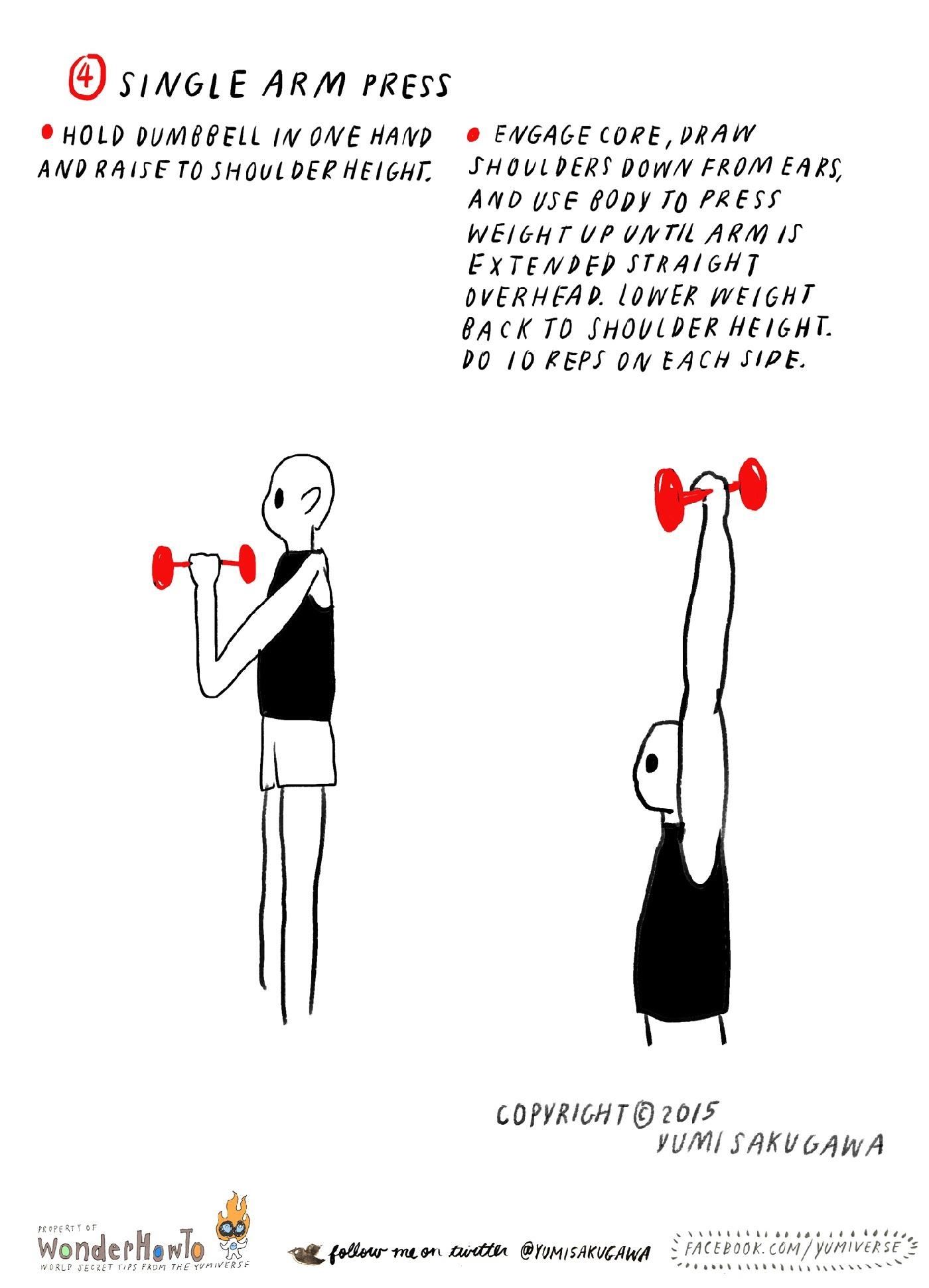Table of Content
Patients report better management of their symptoms and better adherence to chemotherapy schedules. Treatment delays can be avoided as there is no waiting for a slot at an infusion center. Avoidable emergency room visits and hospitalizations have been reduced. Finally, and most important to patients, home-based chemotherapy infusions provides them with better quality of life in terms of their spiritual and physical well-being7.
Chemotherapy drugs are considered to be hazardous to people who handle them or come into contact with them. For patients, this means the drugs are strong enough to damage or kill cancer cells. But this also means the drugs can be a concern for others who might be exposed to them. This is why there are safety rules and recommendations for people who handle chemo drugs.
At-Home Cancer Care is Possible
Put your schedule where you will always see it and where it is easy to find. And many side effects can be managed with medicine. Your doctor will tell you what to do if you have side effects. You'll also learn which ones you need to tell your doctor about right away. It can keep you from doing the things you were doing every day, like going to work or school.
You can also ask a family member or friend to do some of the disinfecting for you. Your immune system usually goes back to normal after you finish treatment. In the meantime, here are precautions you and your family can take to keep you safe. But you’re more likely to get infections when you’re on it.
Can home chemotherapy lead to health risks for family members?
That’s a cleaner that can kill the viruses and bacteria left behind. You may want to keep bleach or sanitizing wipes around your house. Wash your hands before and after giving chemotherapy. You are taking your chemotherapy and for two days after you have finished. Cold caps sometimes help prevent hair loss from chemotherapy.
However, some treatment centers only allow patients in the infusion area and visitors may need to stay in the waiting room. You may notice special clothing and protective equipment being worn by the nurses and other members of your cancer care team. Pharmacists and nurses who prepare chemo drugs use a special type of pharmacy that must meet certain regulations. If you're getting IV chemo, there might be a disposable pad under the infusion tubing to protect the surface of the bed or chair.
Chemotherapy at home: 9 things to know
It has been approved by Chief Medical Editor, Professor Tim Iveson, Consultant Medical Oncologist. Having a lumbar puncture is not usually painful, but some people may find it uncomfortable. Your cancer doctor and nurse will explain it to you, so you will know what to expect. The doctor numbs an area of skin over the spine with local anaesthetic.

Liquid chemotherapy drugs are given directly into the bladder through a catheter, which is removed when it is over. We have more information about this intravesical chemotherapy for bladder cancer. Your nurse will be very careful to prevent extravasation when giving your chemotherapy. Some chemotherapy drugs can damage the tissues, so it is very important that extravasation is dealt with straight away. Chemotherapy drugs given into a vein can be delivered in different ways.
It is just as effective as other types of chemotherapy. The drug is absorbed into the blood and carried around the body, just like intravenous chemotherapy. You may have all your treatment as oral chemotherapy, or you may have it in some other ways as well. Injectable treatment are given through the skin with a needle.

Improving the lives of people with cancer is more urgent than ever.Donate now. This is a government database of public and private clinical studies worldwide. It also hasconsiderationsfor joining a clinical trial.
Call your healthcare provider right away for more instructions. Check the connections of your IV tubing 2 times a day. If your medication leaks or spills, follow the guidelines in this section.
Once your spouse is home, they’ll likely feel sick, weak, and tired. They might also experience physical changes like hair loss, weight loss, or bloating. Although this time is difficult for everyone involved, you can follow these tips for caring for a chemo patient at home to help your spouse during this time. Chemotherapy, or “chemo,” as most people call it, is a common treatment for many types of cancer. One of the side effects of some chemo treatments is that it takes a significant toll on the recipient, both physically and emotionally. It can be hard to watch your spouse go through chemo and feel like there isn’t anything you can do to help them or make them feel better.
Chemotherapy and radiotherapy can both shrink tumors and prevent cancer from spreading, but they do so in different ways. It is also important to store securely fastened cleaning products, such as bleach, out of reach of babies and toddlers. Be sure that someone is with the patient, because more help may be needed at those times. Download our free mobile app — exclusively for physicians and physician offices — for direct access to a directory of Roswell Park physicians. Email or call to refer a patient or ask a question with a click of a button.

Not all treatments or services described are covered benefits for Kaiser Permanente members or offered as services by Kaiser Permanente. For a list of covered benefits, please refer to your Evidence of Coverage or Summary Plan Description. For recommended treatments, please consult with your health care provider. You might not have any chemo medicine left when you finish treatment.
We treat every type of cancer, including the most important one: yours.
You usually come back to the hospital to have the pump disconnected. Sometimes, a district nurse will do this for you at home. Your chemotherapy nurse or pharmacist will explain how to look after the pump and what to do if there is a problem. Whether you or someone you love has cancer, knowing what to expect can help you cope. Here you'll find in-depth information on specific cancer types – including risk factors, early detection, diagnosis, and treatment options.


No comments:
Post a Comment